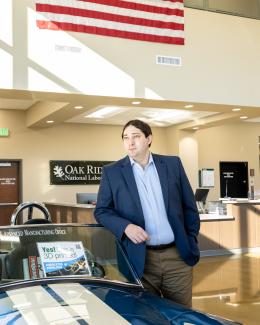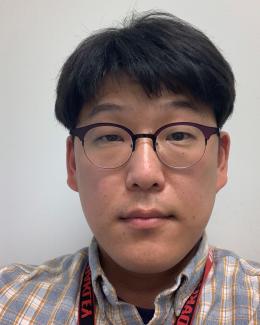Abstract
The advantages offered by additive manufacturing over traditional processes has driven a great deal of industrial and academic interest in recent years. However, the process is relatively new and requires additional investigation to become sufficiently mature for wide scale industrial adoption. Electron beam melting powder bed fusion is one technology that has shown promise for fabricating high temperature resistant materials such as nickel based superalloys. The resulting microstructures typically exhibit a strong fiber texture in the build direction giving rise to anisotropic time-dependent deformation behavior. In order to accelerate the qualification of these materials for industrial adoption accurate numerical models are needed for simulating their behavior. In this work a crystal plasticity model including non-Schmid effects is presented for capturing creep anisotropy observed in additively manufactured IN738LC. The model is calibrated via a probabilistic framework where model parameters are treated as random variables. An iterative sequential design strategy is utilized to efficiently identify the probability density of the unknown model parameters. As a case study the model is utilized to investigate the behavior of randomly oriented equiaxed grain clusters sometimes observed embedded in the additively manufactured columnar structure. A synthetic realization is simulated and uncertainty is propagated through to the full-field response. Results indicate that these features are the source of significant creep relaxation and strain accumulation which partially explains observed grain boundary decohesion at these locations.





